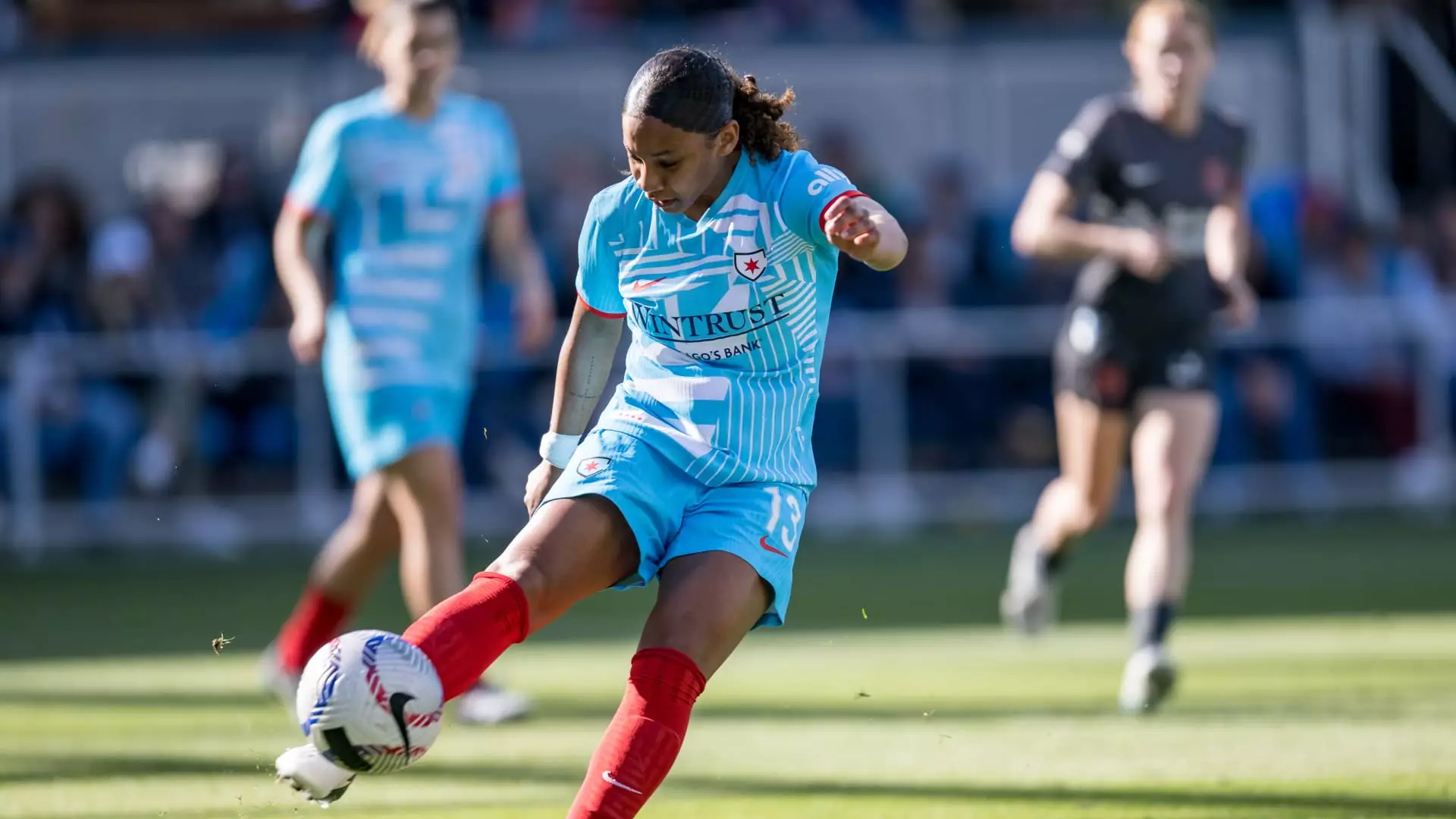The recent trend of insurance companies and corporate giants leveraging professional athletes for internships appears to be a clever marketing strategy cloaked in a veneer of social responsibility. While on the surface, programs like Gallagher’s partnership with the NWSL’s Chicago Stars promise career development and a safety net for career-ending injuries, a deeper analysis reveals a complex landscape driven by self-interest rather than genuine athlete empowerment. These initiatives often serve as branding tools that subtly reinforce the corporate-sports relationship, benefiting from athletes’ public profiles without ensuring their long-term welfare.
Far from altruistic endeavors, these programs primarily aim to capitalize on the celebrities’ fame and hard work, transforming their image into a commercial asset. The narrative that professional athletes are inherently more capable of leadership or resilience is, at best, an oversimplification. Such assumptions risk perpetuating a myth: that athletic success conveniently correlates with business acumen or corporate competence. This perspective conveniently sidesteps the harsh reality that many athletes struggle with identity and financial stability once their playing days are over. What is frequently overlooked is whether these internships genuinely address the systemic issues athletes face, such as economic vulnerability, mental health challenges, or equitable career opportunities.
The Illusion of Opportunity Versus Reality
Moving beyond the marketing rhetoric, the practicality and inclusivity of these programs are questionable. For many athletes, especially those from less prominent leagues like the NWSL, the opportunity to participate in corporate internships remains a privilege rather than a standard pathway. The small cohort of participants—eight women from the Chicago Stars—demonstrates how selective and limited these initiatives can be. It raises the question: Are these programs accessible to athletes from diverse backgrounds or only the most marketable?
Moreover, the commitment involved—an intensive six-week program—may not be feasible for athletes juggling rigorous schedules, travel commitments, and personal lives. Even with accommodations made by companies like Gallagher, the opportunity feels more like a patch to an uneven playing field rather than an inclusive solution. The risk remains that these internships become a superficial gesture, giving a veneer of support while ultimately serving corporate branding purposes.
The narrative that the insurance industry is offering a lifeline needs to be scrutinized in light of the broader economic realities faced by professional athletes. The average NWSL salary, approximately $125,000 a season, underscores the financial instability many players face. Many earn just enough to make ends meet during their playing years, with little to no financial cushion for the future. In this context, the synchronization of corporate internships with a player’s career transition sounds promising but often falls short when scaled across the league or the sport as a whole.
Corruption of Authentic Value and Potential Risks
Another concern revolves around the commercialization of athlete development. When corporations like Gallagher and Nationwide actively promote their involvement with sports as part of their branding efforts, their motivations tend to overshadow genuine developmental objectives. These projects, often tied to marketing campaigns, can subtly commodify athletes and their personal stories, turning them into corporate ambassadors rather than empowered individuals receiving equitable opportunities.
Furthermore, there’s a latent risk of exploitation. The brief “training” period might serve primarily as an introduction to corporate contact points, with little promise of sustainable career pathways. As seen with Curran, who parted ways with Gallagher shortly after her internship, the transition from athlete to corporate employee is neither assured nor straightforward. Such fleeting engagements risk leaving athletes feeling stranded once their sports careers conclude, rather than feeling genuinely supported by institutions committed to their long-term success.
In a broader sense, these programs expose the fragile nature of athlete welfare within a capitalist sports ecosystem. While the illusion of mutual growth persists—players gaining skills, companies enhancing brand reputation—the underlying imbalance of power and unequal access continues. It would be far more meaningful if these initiatives prioritized systemic reform, providing sustainable pathways and financial education, rather than merely using athletes as props in corporate storytelling. Without such rethinking, these efforts risk perpetuating a cycle where athlete development remains superficial, and the true costs—emotional, financial, and physical—continue to go unaddressed.

